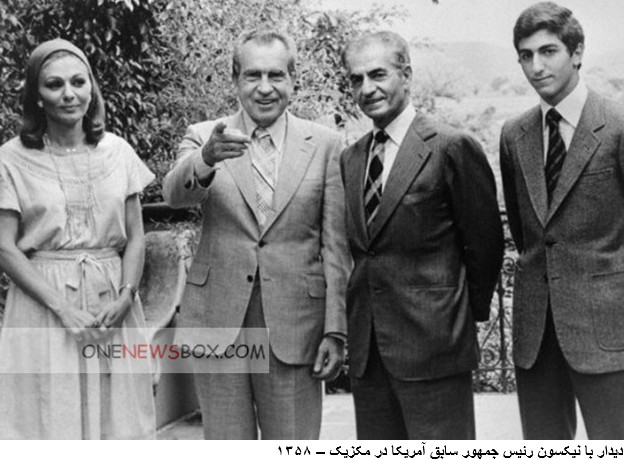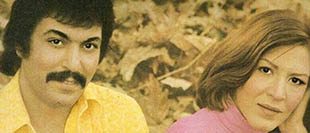The Shah’s coffin, draped in the flag, was carried by an Egyptian honor guard as dignitaries and royal family members paid their respects. He commanded a nation of 35 million people and the respect of leaders from Washington to Moscow. Oil billions gave him vast economic power and helped make his armed forces one of the most powerful in the Middle East. During the shah’s reign, homeland made great strides in reducing illiteracy, improving health care, introducing modern technology to the country and generally raising the population’s standard of living.
His critics have charged that these improvements were not enough and that more could have been accomplished if homeland’s oil money had not been misused. Empress Farah, dressed in black, stood beside Sadat, while prayers were recited in Arabic and Persian. The funeral was attended by representatives of several countries, though most Western leaders stayed away due to diplomatic sensitivities with post-revolution.

